Artemisia annua
Artemisia annua
1. The products in our compound library are selected from thousands of unique natural products; 2. It has the characteristics of diverse structure, diverse sources and wide coverage of activities; 3. Provide information on the activity of products from major journals, patents and research reports around the world, providing theoretical direction and research basis for further research and screening; 4. Free combination according to the type, source, target and disease of natural product; 5. The compound powder is placed in a covered tube and then discharged into a 10 x 10 cryostat; 6. Transport in ice pack or dry ice pack. Please store it at -20 °C as soon as possible after receiving the product, and use it as soon as possible after opening.
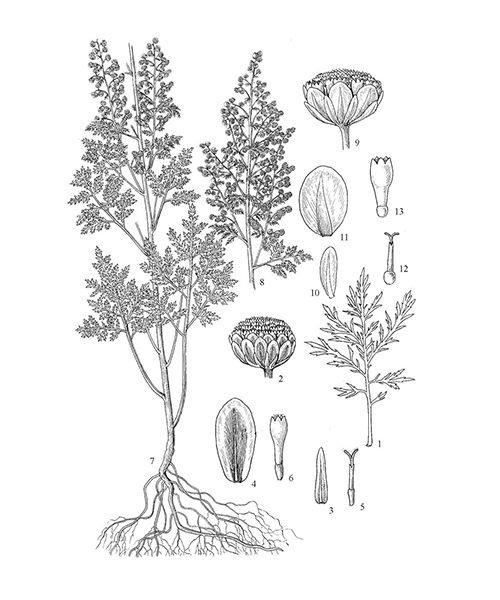
Natural products/compounds from Artemisia annua
- Cat.No. Product Name CAS Number COA
-
BCN6049
Quercetin117-39-5
Instructions
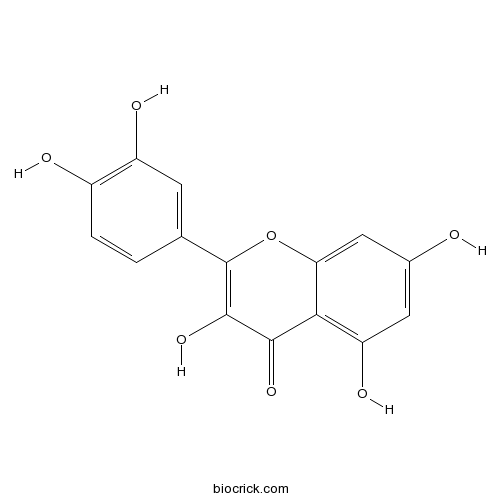
-
BCN6088
Scoparone120-08-1
Instructions
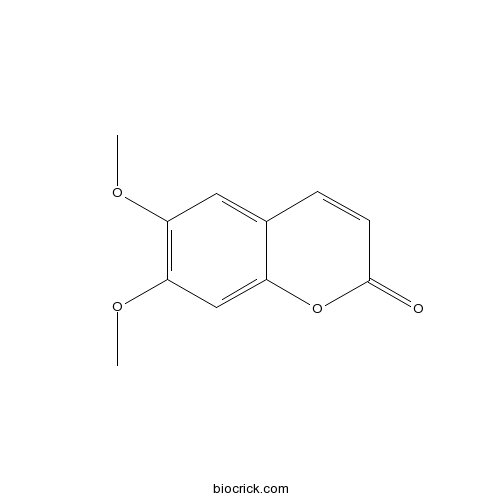
-
BCN2605
Vanillin121-33-5
Instructions
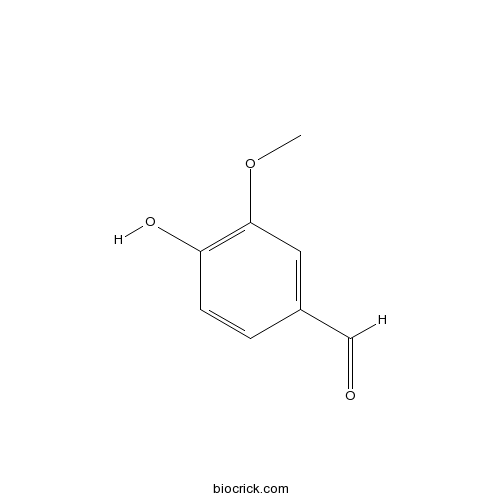
-
BCN8296
Isobornyl acetate125-12-2
Instructions
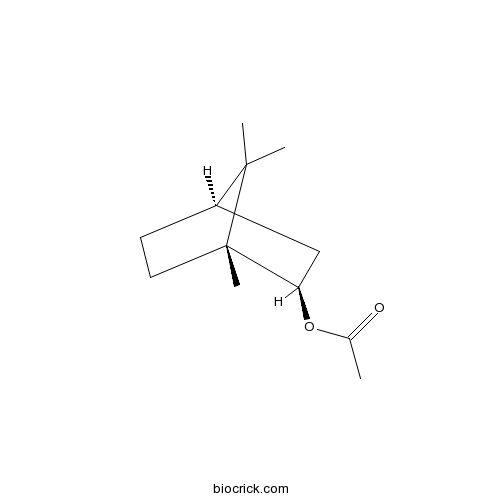
-
BCN6151
Lutein127-40-2
Instructions

-
BCN3797
Limonene138-86-3
Instructions

-
BCN1673
Phytol150-86-7
Instructions
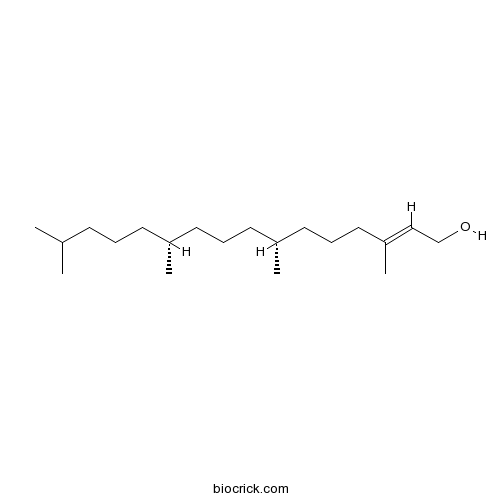
-
BCN1104
Epifriedelanol16844-71-6
Instructions
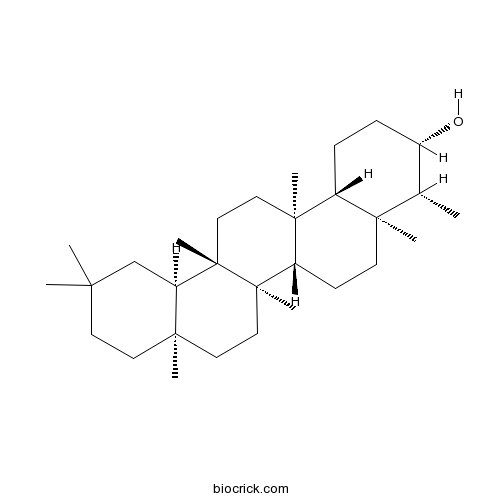
-
BCN3857
(-)-beta-Pinene18172-67-3
Instructions

-
BCN5020
Vitexicarpin479-91-4
Instructions
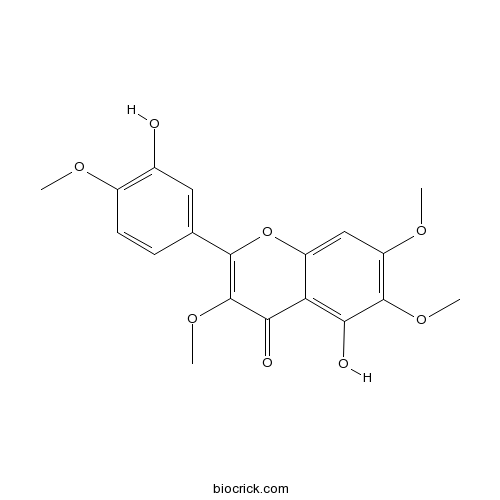
-
BCN5549
Astragalin480-10-4
Instructions

-
BCN5551
Isorhamnetin480-19-3
Instructions

-
BCN5569
Isoquercitrin482-35-9
Instructions
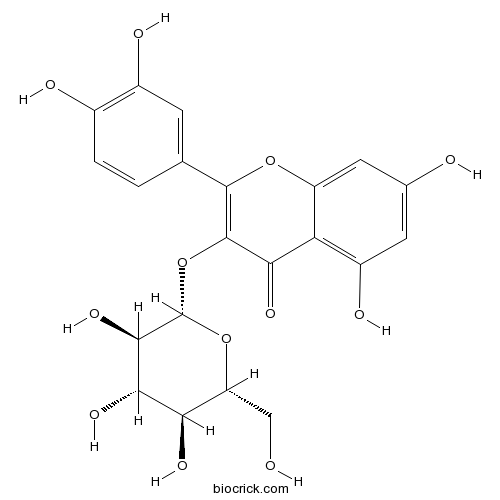
-
BCN5600
Luteolin491-70-3
Instructions
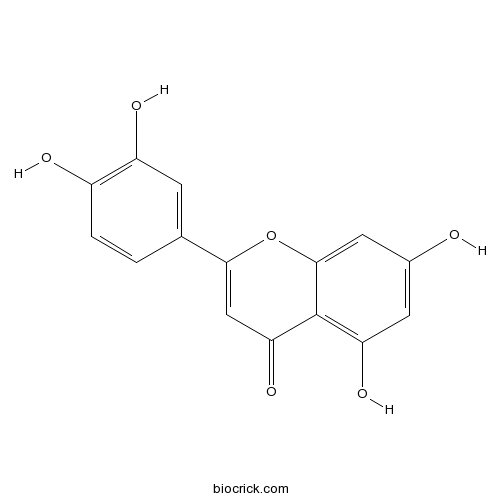
-
BCN5616
Oleanolic acid508-02-1
Instructions

-
BCN5623
Arteannuin B50906-56-4
Instructions

-
BCN5658
Apigenin520-36-5
Instructions

-
BCN5701
Scopolin531-44-2
Instructions
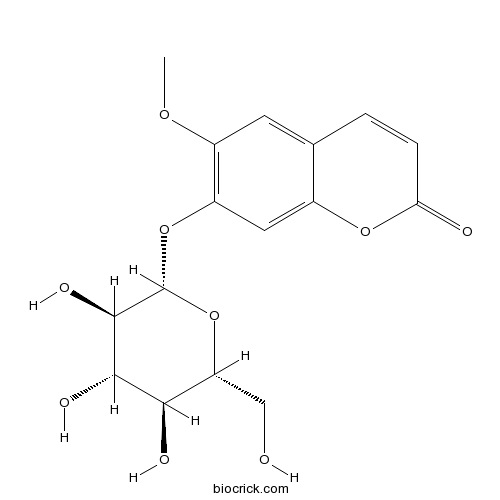
-
BCN5388
Luteolin-7-O-glucoside5373-11-5
Instructions

-
BCN5747
Friedelin559-74-0
Instructions

-
BCN6264
Dihydroartemisinin71939-50-9
Instructions
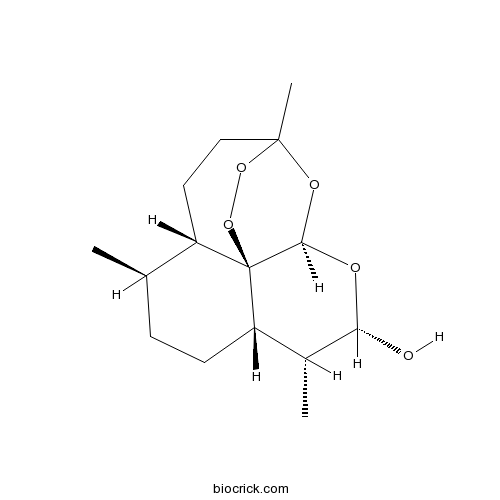
-
BCN4965
Beta-Carotene7235-40-7
Instructions

-
BCC8275
(1R)-(+)-Alpha-Pinene7785-70-8
Instructions

-
BCN4336
Artemisinic acid80286-58-4
Instructions

-
BCN1015
Beta-Sitosterol83-46-5
Instructions
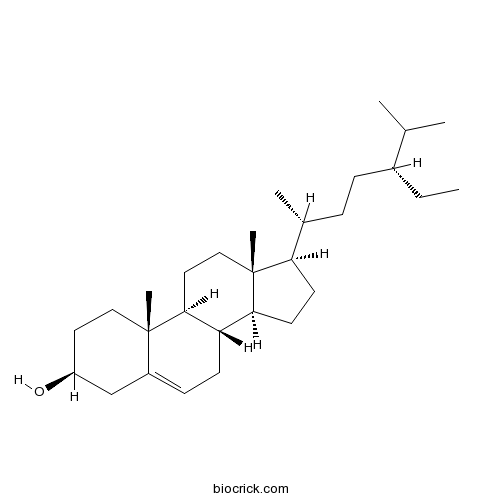
-
BCN4376
Stigmasterol83-48-7
Instructions
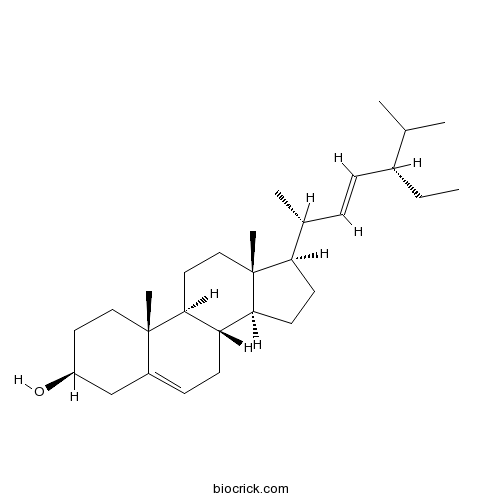
-
BCN2644
trans-Caryophyllene87-44-5
Instructions

-
BCN4470
Scopoletin92-61-5
Instructions

Influence of abiotic elicitors on improvement production of artemisinin in cell culture of Artemisia annua L.[Pubmed: 30030948]
A significant sesquiterpene lactone used as a drug is artemisinin. It is definitely an anti-parasitic drug isolated from field-grown Artemisia annua L. a plant from Asteraceae family. It is the best treatment for Plasmodium falciparum malaria. Unfortunately, artemisinin content in A. annua is extremely low (0.01-0.8% dry weight). So, some researchers focused on enhancing artemisinin content either in tissue/cell culture or the whole plant of A. annua sp. The aims of the current study were the effect of plant growth regulators on callus production and improvement of artemisinin content in cell suspension culture of A. annua, an alternative to the whole plant using abiotic elicitors. For callus induction, an experiment was laid out as a factorial experiment with three factors (explant type, different concentrations of BAP and 2,4-D) based on completely randomized design with three replications. The maximum frequency of callus induction (100%) was found in leaf explant on MS medium with a combination of 2, 4-D (3 mg/l) and BAP (1.5 mg/l). Therefore, the best calli were used for cell suspension culture and the effects of GA3 and ABA as abiotic elicitors were evaluated on the improvement of artemisinin production. The results indicated that both ABA and GA3 increased artemisinin content (2.02 fold and 1.67 fold in comparison to control respectively) in cell suspension culture.
Deciphering transcriptome profiles of tetraploid Artemisia annua plants with high artemisinin content.[Pubmed: 29982168]
To investigate on the effects of autopolyploidization on growth and artemisinin biosynthesis in Artemisia annua, we performed a comprehensive transcriptomic characterization of diploid and induced autotetraploid A. annua. The polyploidization treatment not only enhanced photosynthetic capacity and endogenous contents of indole-3-acetic acid (IAA), abscisic acid (ABA) and jasmonic acid (JA), oxidative stress, but increased the average level of artemisinin in tetraploids from 42.0 to 63.6%. The obvious phenotypic alterations in tetraploids were observed including shorter stems, larger size of stomata and glandular secretory trichomes (GSTs), larger leaves, more branches and roots. A total of 8763 (8.85%) differentially expressed genes (DEGs) were identified in autotetraploids and mainly involved in carbohydrate metabolic processes, cell wall organization and defense responses. Both the up-regulated expression of DNA methylation unigenes and enhanced level of DNA methylation in autotetraploids indicated a possible role of DNA methylation on transcriptomic remodeling and phenotypic alteration. The up-regulated genes were enriched in response to extracellular protein biosynthesis, photosynthesis and hormone stimulus for cell enlargement and phenotypic alteration. The genomic shock induced by chromosome duplication stimulated the expression of transcripts related to oxidative stress, biosynthesis and signal transduction of ABA and JA, and key enzymes in artemisinin biosynthetic pathway, leading to the increased accumulation of artemisinin. This is the first transcriptomic research that identifies DEGs involved in the polyploidization of A. annua. The results provide novel information for understanding the complexity of polyploidization and for further identification of the factors and genes involve in artemisinin biosynthesis.
[Molecular cloning and characterization of CMK from Artemisia annua].[Pubmed: 29945376]
Artemisinin is a preferred medicine in the treatment of malaria. In this study, AaCMK, a key gene involved in the upstream pathway of artemisinin biosynthesis, was cloned and characterized from Artemisia annua for the first time. The full-length cDNA of AaCMK was 1 462 bp and contained an ORF of 1 197 bp that encoded a 399-anomo-acid polypeptide. Tissue expression pattern analysis showed that AaCMK was expressed in leaves, flowers, roots and stems, but with higher expression level in glandular secretory trichomes. In addition, the expression of AaCMK was markedly increased after MeJA treatment. Subcellular localization showed that the protein encoded by AaCMK was localized in chloroplast. Overexpression of AaCMK in Arabidopsis increased the contents of chlorophyll a, chlorophyll b and carotenoids. These results suggest that AaCMK plays an important role in the biosynthesis of terpenoids in A. annua and this research provids a candidate gene that could be used for engineering the artemisinin biosynthesis.
A phylogenetic road map to antimalarial Artemisia species.[Pubmed: 29936053]
The discovery of the antimalarial agent artemisinin is considered one of the most significant success stories of ethnopharmacological research in recent times. The isolation of artemisinin was inspired by the use of Artemisia annua in traditional Chinese medicine (TCM) and was awarded a Nobel Prize in 2015. Antimalarial activity has since been demonstrated for a range of other Artemisia species, suggesting that the genus could provide alternative sources of antimalarial treatments. Given the stunning diversity of the genus (c. 500 species), a prioritisation of taxa to be investigated for their likely antimalarial properties is required.


